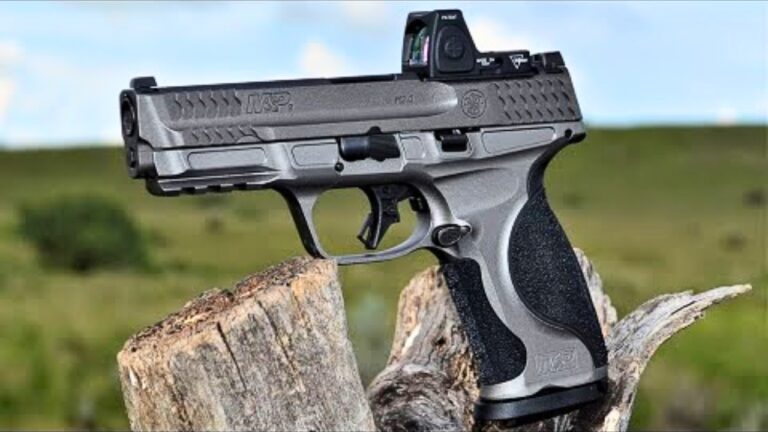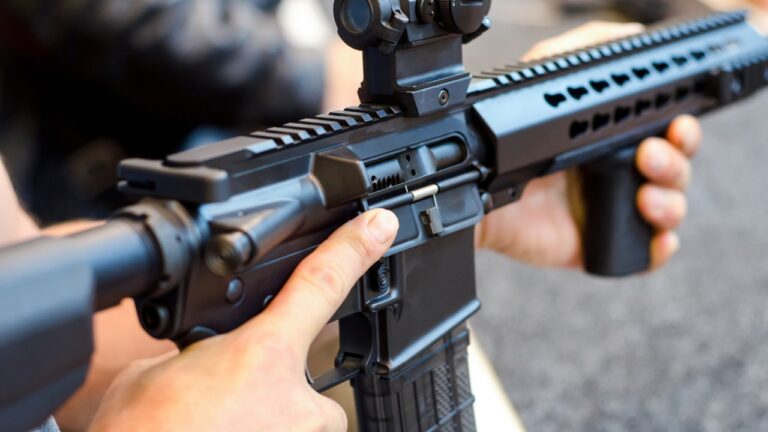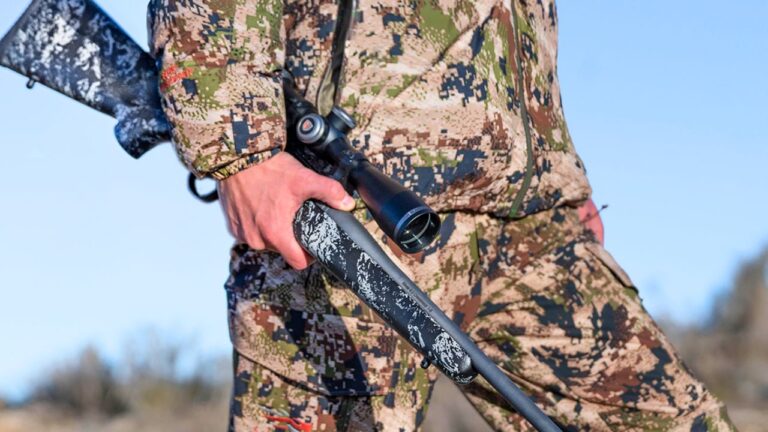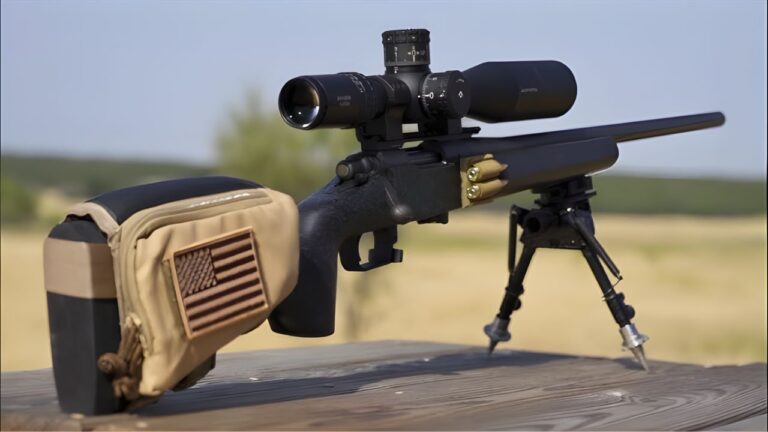Shooting a few mags at the indoor range won’t tell you much about a handgun. Put 1,000 rounds through it—dry, dirty, hot, with cheap ammo and a few range bag drops—and you start figuring out what it’s actually made of. That’s what I did with the Canik. No bench queens, no pampering. I ran it in drills, transitions, controlled pairs, awkward grip angles—everything short of tossing it off a roof. It’s one thing to look good under glass. It’s another to keep feeding steel after your hands are sweating and your magwell’s full of grit. The Canik kept running.
The trigger really does matter over time
Everyone mentions the Canik trigger, and yeah—it’s worth the hype. But what stood out most after a thousand rounds wasn’t the crisp break. It was how easy it made consistent shooting. Fatigue adds up fast when you’re running long drills or doing accuracy work from distance. A heavy or gritty trigger turns it into a chore. The Canik’s break and reset stayed consistent even after fouling built up. It let me focus on grip, sights, and speed without fighting the press. You stop noticing it because it stops getting in your way. That’s where a good trigger actually earns its keep.
It eats cheap ammo like a range rental
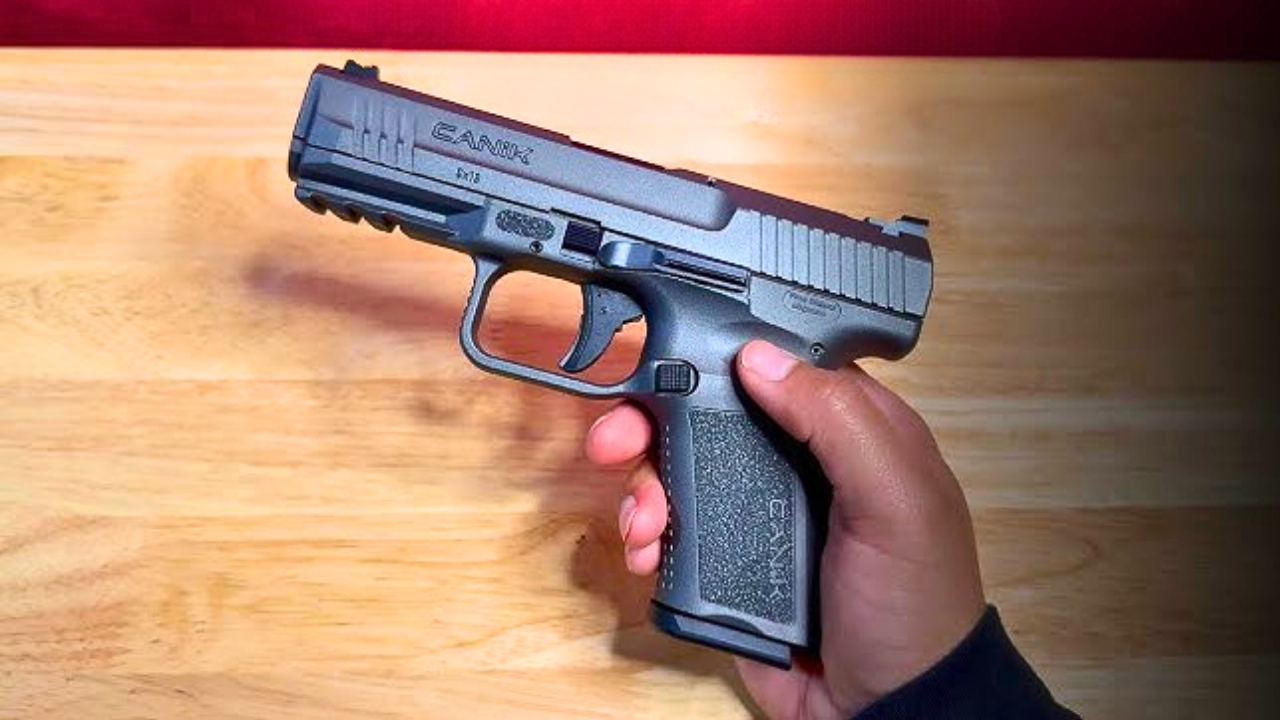
I ran a mix of 115- and 124-grain FMJ—most of it bulk stuff that some guns choke on when things get hot. The Canik didn’t care. Steel-cased, lacquered, or dirty, it all ran without a hiccup. I didn’t clean it after every session. I didn’t oil it every 200 rounds. I ran it like a pistol that needs to prove itself, not one that’s babied and pampered. Reliability through all of that matters more to me than any spec sheet. If a handgun can’t survive range life without begging for a detail strip every weekend, it’s not one I’d keep around.
The grip texture works even when you’re drenched
I’m not going to lie—there were a few 95-degree days where the gun and I were both sweating like we’d run laps. That’s where I expected the Canik’s factory grip texture to start slipping. It didn’t. The panels are aggressive enough to lock in without tearing up your hands, and they do their job even when things get sloppy. I’ve had to wrap or stipple other guns to get that kind of traction. Not here. When you’re running support-hand only or slamming in fast reloads, the grip matters. This one held up, even when my hands didn’t.
Sights are still the weak link
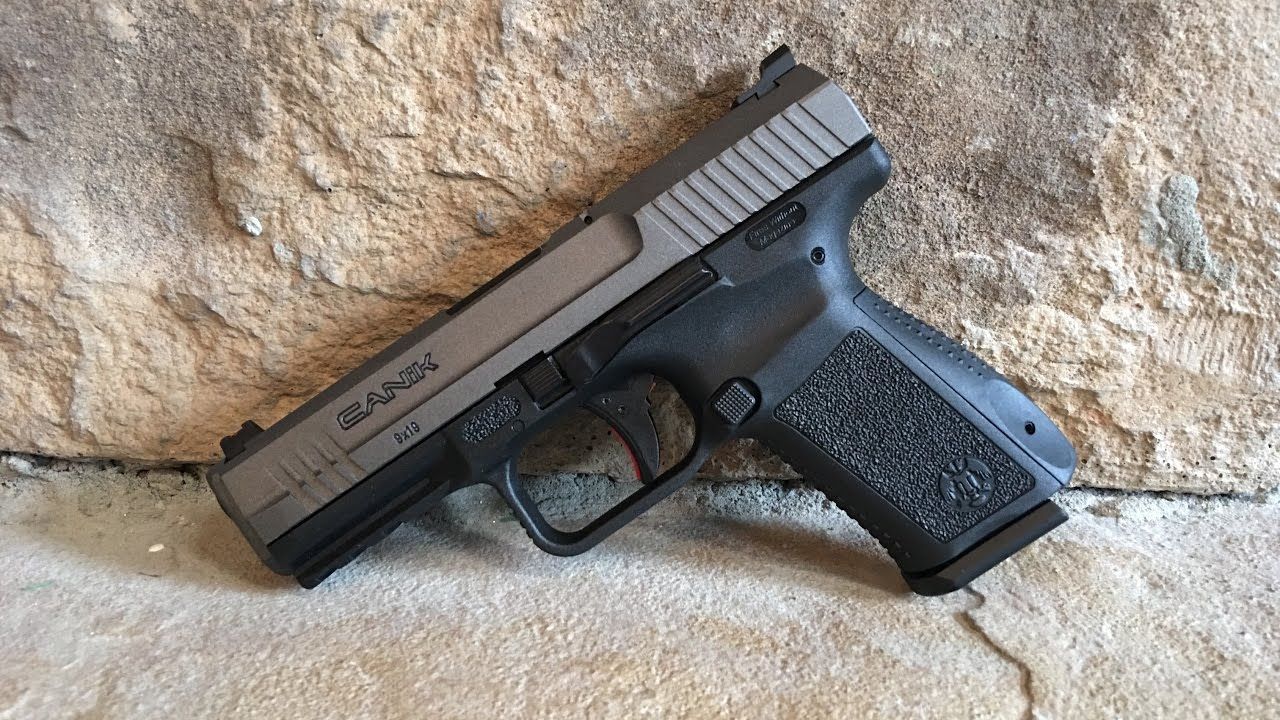
For all the good things Canik got right, the factory sights aren’t their strongest feature. They’re usable—don’t get me wrong—but if you’re pushing past 15 yards or running under different lighting, you’ll start wishing for something better. I swapped them after the first few hundred rounds because I knew I’d stick with the gun. Fiber front, blacked-out rear. Much better. It’s not a deal-breaker, but it’s one of the few areas where you’re probably going to upgrade if you shoot it enough. Especially if you’re working on precision or timed drills where that front sight clarity matters.
Maintenance was less than expected
I usually expect a few hiccups or minor wear after a thousand rounds, but the Canik held up better than expected. The slide finish didn’t wear prematurely, springs stayed consistent, and even the internals weren’t packed with grime. I gave it a basic cleaning at the halfway mark and another after the full 1,000. That was it. You can see some polishing where contact points wear in, but nothing that hints at failure down the line. No broken parts, no extractor issues, no weird feed ramp gouges. That kind of low-maintenance reliability says a lot when you’re running volume.
You stop thinking about the price tag
At the beginning, you’re always aware that this thing didn’t cost you a fortune. That it’s half the price of some of the other guns on the line. But after 1,000 rounds, you stop thinking about that. It shoots well, it stays reliable, and it gives you features you usually need to upgrade for. Once you’ve proven a pistol in drills, groups, and hard range time, it either earns a spot or it doesn’t. This one earned it. Not because it’s flashy or trending, but because it kept doing its job even when the shooter didn’t. That’s what matters most.
Like The Avid Outdoorsman’s content? Be sure to follow us.
Here’s more from us:
Calibers That Shouldn’t Even Be On the Shelf Anymore
Rifles That Shouldn’t Be Trusted Past 100 Yards
*This article was developed with AI-powered tools and has been carefully reviewed by our editors.


